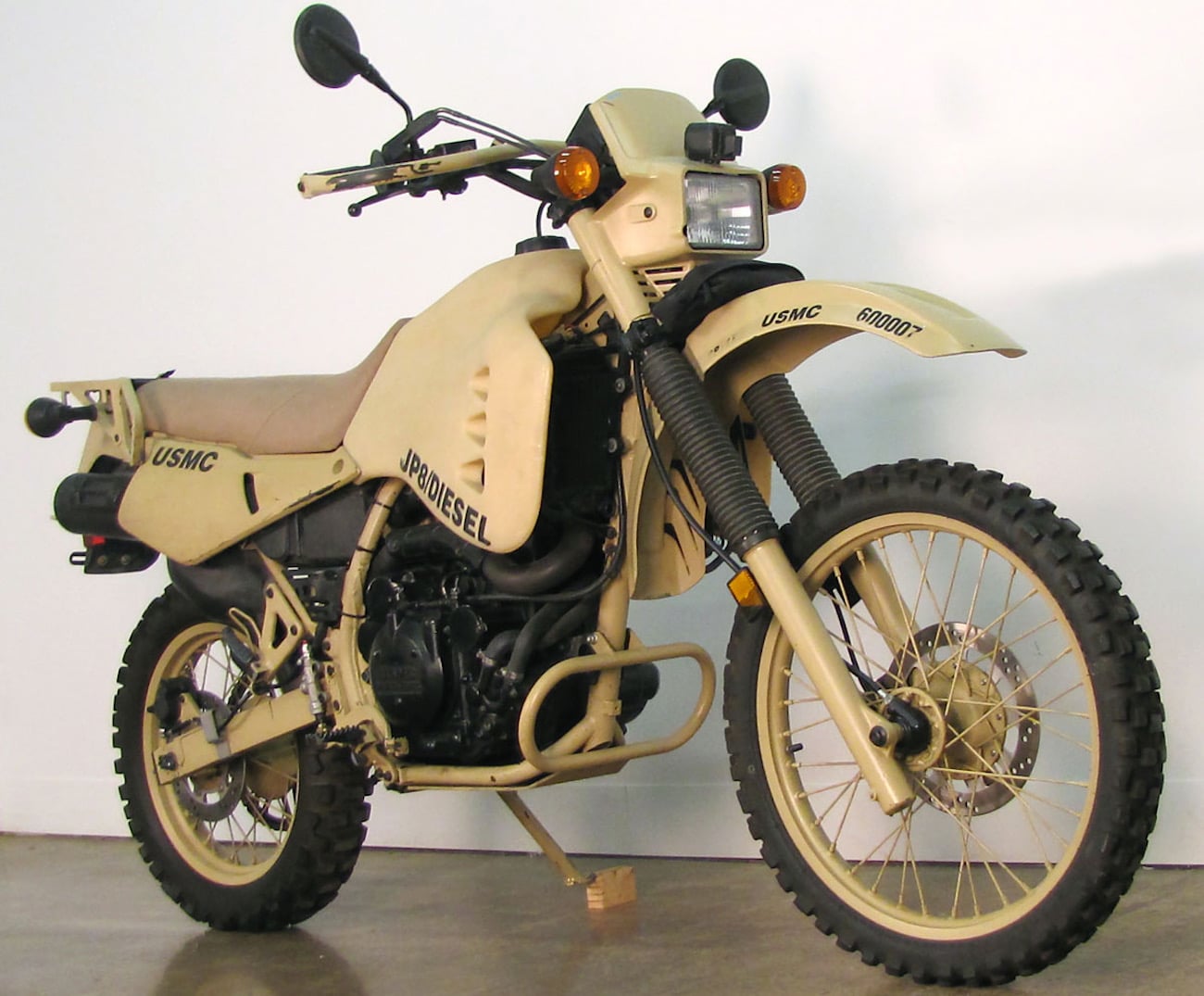Elan Vital
ACCESS: Secret
- Joined
- 6 September 2019
- Messages
- 218
- Reaction score
- 322
Hi everyone,
Historically the Western powers didn't seriously push for AFV diesels until the late 50s (or early 50s in the US), with those entering service in the early 60s. But the tools required for good AFV diesels (beyond 200hp at least) and the factors favoring it already existed in 1945, which means that postwar engine developments could have been diesels from the start.
First of all, superchargers, if not turbochargers, were now small enough for use in tanks, and were indeed even used by the US on some early postwar engines (AVSI-1790-8, AOS-895), and tested by the UK in 1944-45 and contemplated in France. The switch to forced induction favors diesels even more than gasoline engines since the former can throttle superchargers well even at low RPMs, get much better mixing thanks to the good flow of air which massively improves performance at all regimes, and they can get much higher boosts than low octane AFV gasoline since they do not knock. This greatly bridges the gap in volumetric power density between diesel and gas.
Secondarily, the Western powers already knew in WW2 that diesels were workable and better, and pursued them extensively even if they couldn't make the switch due to wartime constraints. You have the US still testing the GM 8-184 diesel, Caterpillar offering twin radial diesels cut in half, US and Canadian experiments with diesel Ford V8 and Meteor, and Harry Ricardo in the UK designing a family of I and H-type diesels with superchargers in the 1940-43 period. France meanwhile preferred diesel Shermans, and wanted that engine type in postwar tanks in 1945 plans. AMX M4 briefly had a Swiss diesel compete with the HL295.
Thirdly, the West was already making half the step in the 40s and 50s with fuel-injected gasoline engines.
There is also the fact that with the jet age already in sight after 1945, the aviation would soon stop using gasoline.
So how about the Western powers actively work towards diesels in 1945 already? The US postwar air-cooled engines would have particularly benefitted from being supercharged diesels from the start. A backup/alternative supplier would be General Motors through Detroit Diesel, by designing Vee variants of their 2-stroke engines earlier instead of in the 50s (and possibly with some refinements for military use, like the features the Japanese had in their tank 2-strokes in the Type 74).
France can leverage Mercedes-Benz or ask Maybach for a diesel derivative of HL295 (already fuel-injected).
The UK can listen to Ricardo for once.
What do you think about this?
Historically the Western powers didn't seriously push for AFV diesels until the late 50s (or early 50s in the US), with those entering service in the early 60s. But the tools required for good AFV diesels (beyond 200hp at least) and the factors favoring it already existed in 1945, which means that postwar engine developments could have been diesels from the start.
First of all, superchargers, if not turbochargers, were now small enough for use in tanks, and were indeed even used by the US on some early postwar engines (AVSI-1790-8, AOS-895), and tested by the UK in 1944-45 and contemplated in France. The switch to forced induction favors diesels even more than gasoline engines since the former can throttle superchargers well even at low RPMs, get much better mixing thanks to the good flow of air which massively improves performance at all regimes, and they can get much higher boosts than low octane AFV gasoline since they do not knock. This greatly bridges the gap in volumetric power density between diesel and gas.
Secondarily, the Western powers already knew in WW2 that diesels were workable and better, and pursued them extensively even if they couldn't make the switch due to wartime constraints. You have the US still testing the GM 8-184 diesel, Caterpillar offering twin radial diesels cut in half, US and Canadian experiments with diesel Ford V8 and Meteor, and Harry Ricardo in the UK designing a family of I and H-type diesels with superchargers in the 1940-43 period. France meanwhile preferred diesel Shermans, and wanted that engine type in postwar tanks in 1945 plans. AMX M4 briefly had a Swiss diesel compete with the HL295.
Thirdly, the West was already making half the step in the 40s and 50s with fuel-injected gasoline engines.
There is also the fact that with the jet age already in sight after 1945, the aviation would soon stop using gasoline.
So how about the Western powers actively work towards diesels in 1945 already? The US postwar air-cooled engines would have particularly benefitted from being supercharged diesels from the start. A backup/alternative supplier would be General Motors through Detroit Diesel, by designing Vee variants of their 2-stroke engines earlier instead of in the 50s (and possibly with some refinements for military use, like the features the Japanese had in their tank 2-strokes in the Type 74).
France can leverage Mercedes-Benz or ask Maybach for a diesel derivative of HL295 (already fuel-injected).
The UK can listen to Ricardo for once.
What do you think about this?


